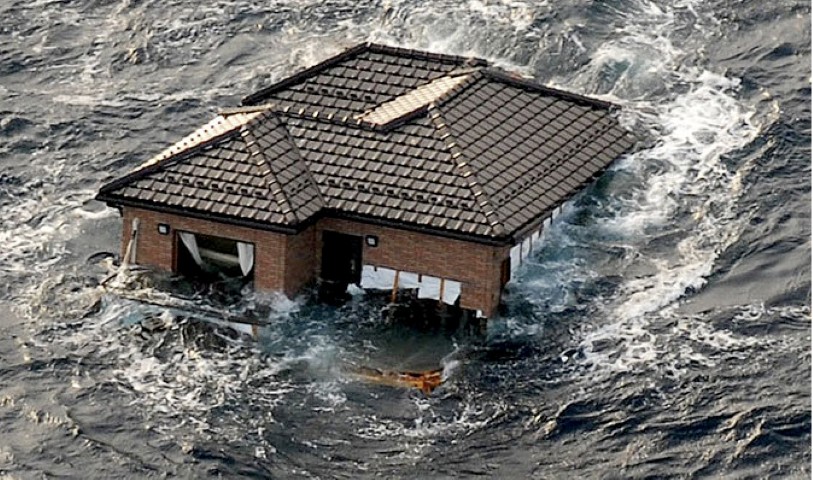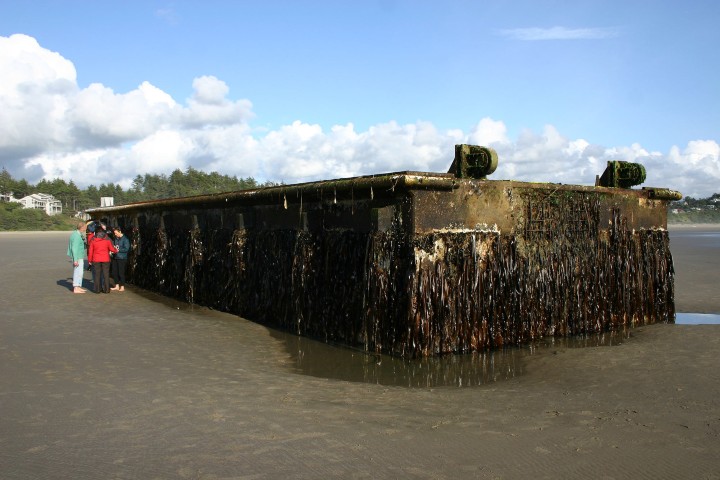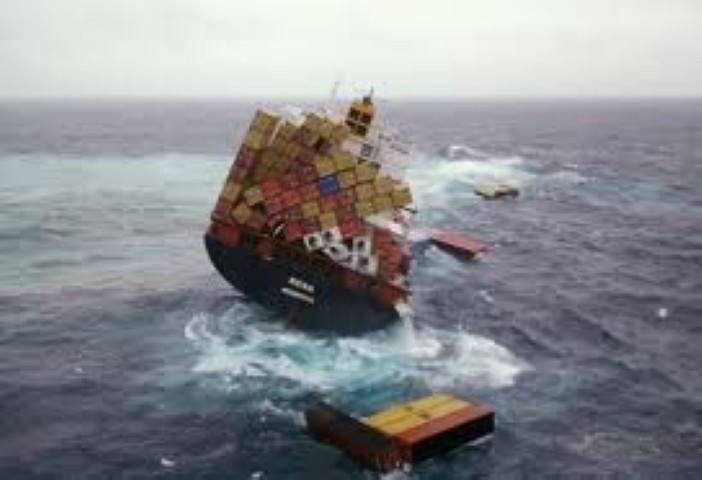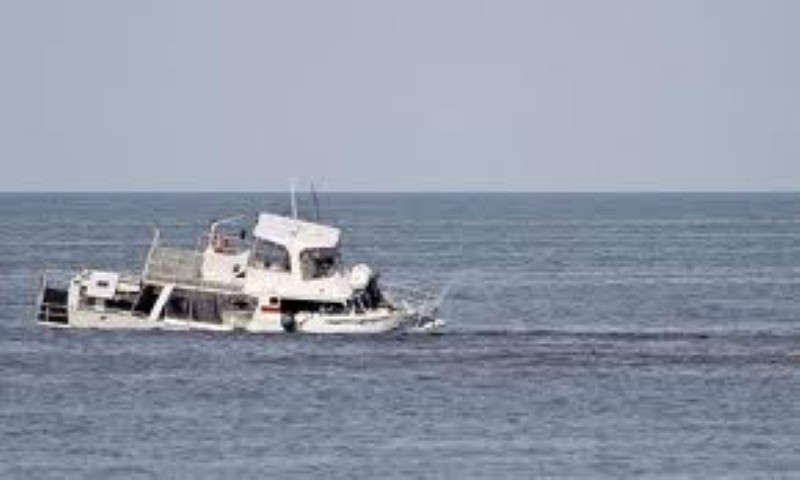Over a year ago, I wrote in another blog that I felt steel was the best construction material for boats that will be cruising offshore. The tsunami had just occurred a couple of months earlier and they were only projecting that there would be a debris field in the future. Well now it’s here.
House Floating in the Pacific
The Japanese government has estimated that 1.5 million tons (that’s 3 billion pounds) of debris is floating around in the ocean from the tsunami. Our own NOAA says the debris is dispersed around the ocean in an area that is 3 times the size of the contiguous US. Computer modeling indicates the debris is scattering and will continue to scatter throughout the eastern Pacific ocean.
So……….what does that mean for the cruising yachtsman? Well, I for one, if going offshore for an extended cruise (overnight???) would feel a whole lot more confident in my boat if it had a steel hull. Steel is much more puncture resistant than FRP.
Floating Dock Found on Oregon Coast
(imagine hitting the corner of that at 8 knots)
But you still offer FRP boats, you might ask. Well, yes we do but only in our trawler line which is designed for cruising coastal, near coastal and Inside Passage waters. Yes, you can hit debris even in close but help is usually not that far away. And to offer the best safety protection in our fiberglass boats, we put a layer of Kevlar® in the hulls of all our trawler series boats. Kevlar helps hold the hull together in case of collision or grounding.
But if you’re going to venture far offshore and be away from immediate help, then we recommend steel. And yes, we can build any of our boats in steel (exception is our Adventure Series). If we build a 48,52 or 58 in steel, then it is re-designated as an expedition yacht.
Containers Adrift
Of course, tsunami debris is not the only hazard you can encounter. There are countless reports of containers being lost overboard at sea every year. The pointed corners of a partially submerged container would not be a welcome encounter at 2AM.
Aground on an Uncharted Reef
Even if you manage to avoid containers and tsunami debris, dharts in many places in the world are just not that accurate. While cruising in Mexico a couple of years ago, I was amazed at the difference in our location as displayed between the GPS plotter and the overlaid radar image. The radar was accurate but many times showed us either closer to or farther away from shore than the GPS plotter showed. (believe the radar)
My words and images posted here are not meant to scare you off. A properly designed and constructed boat in steel will give you that extra safety edge so if you do hit something not expected while cruising offshore, you have a much better chance of bouncing off and continuing on.
Be safe out there!!!




